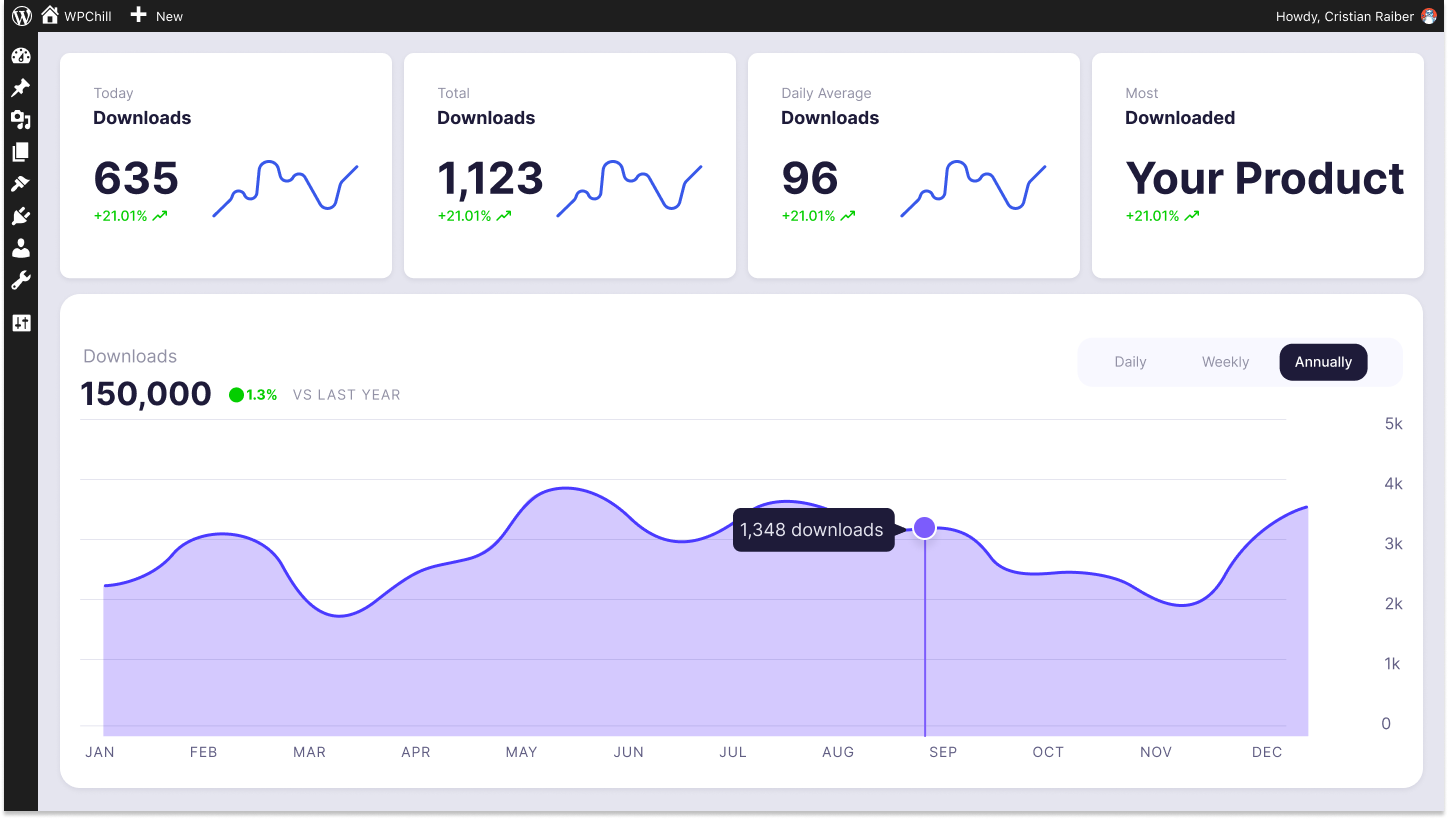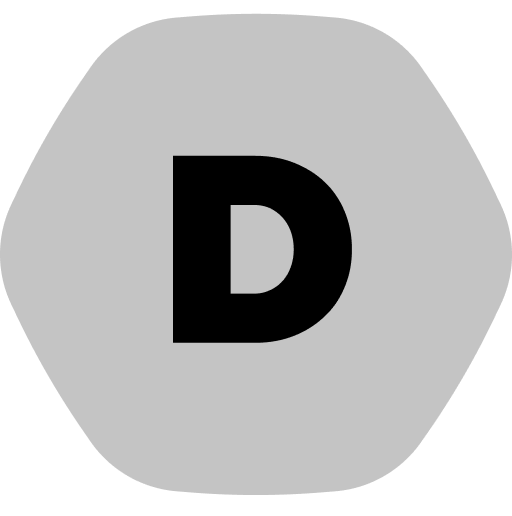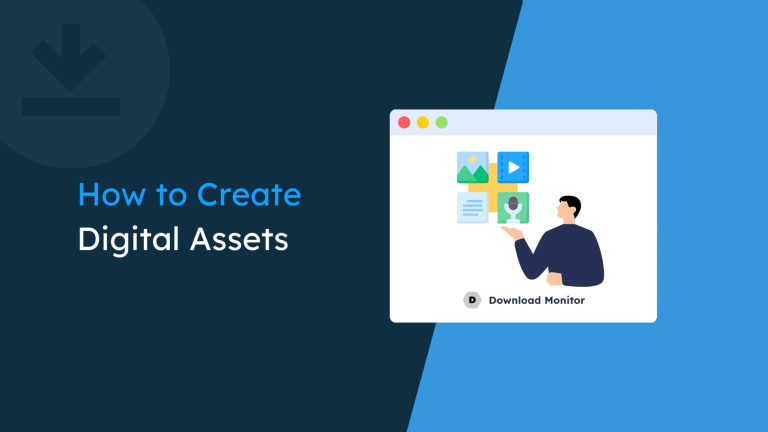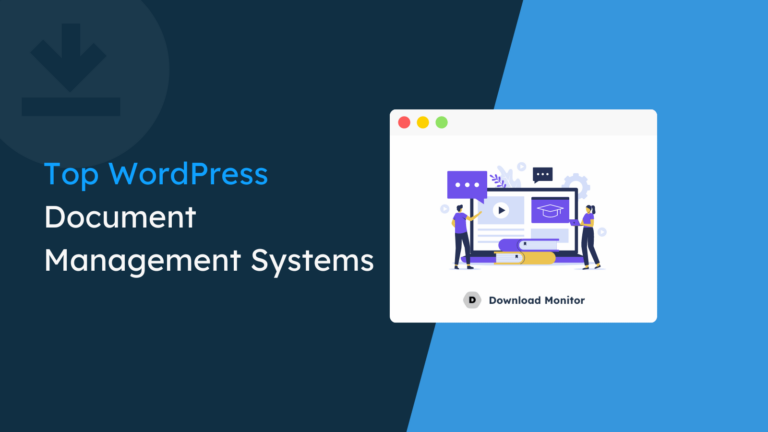How to correctly price digital downloads? This is one question every digital product entrepreneur struggles with during every product launch. After all, how you price your digital products pretty much determines how many sales you’ll generate and what profits you’ll make. Said another way, getting your pricing right is fundamental to your digital products business’s success.
If your digital products are too expensive, your sales will suffer. When they’re cheap, your profit margins will take a hit. Worse, low pricing can discount the value your products bring to your customers.
The pricing has to be just right. The optimal price — one that works for both you and your buyers — makes buying and selling easy.
So how do you determine the right price tag? To put a figure on your digital products, you can draw from the traditional pricing approaches.
In this article, we’ll go over these approaches and see how they tie to digital products. We’ll also outline the exact process you need to follow and look at a few digital product pricing best practices.
How to price digital downloads: 3 fundamental approaches
The best guidance on how to price digital goods comes straight from conventional pricing models that apply to physical products. So let’s go over these pricing models in detail.
1. Cost-centric pricing
This is a fairly simple pricing model. Here, you use the costs that go into producing a product and add a markup — and that’s your product’s price. Your costs are inclusive of everything right from your initial setup and production costs to your advertising expenses, infrastructure investments, and staff salaries, and represent your product’s base price. The markup is your profit margin.
How to price digital downloads using the cost-centric pricing model:
- Add up costs to run your digital store (including costs toward your domain name, hosting fees, expenses toward plugins like Download Monitor that power your store)
- Include ad hoc expenses like using a custom Gmail id, if you use one to engage with your customers.
- Factor in costs to build your product (Do you need an annual Photoshop subscription to create your product? Do you need Grammarly? Do you need a watermarks solution to protect your products like printable digital images?)
- Expenses toward PayPal or credit card transaction fees or other shopping cart checkout commissions
- Taxes!
On top of these, pay yourself some hourly fee toward maintaining your products, updating them, offering support, and managing other aspects of your online business (like SEO, blogging, etc.). Think X hours a week at $100/hr or so for your hard work.
Now sum up everything and add a standard profit margin to it, say 50% of the cost price.
The result you get is your digital product’s price.
As you can sense, this is a fairly reasonable approach to pricing a digital product where you make up for your costs while making profits, but without overcharging.
2. Audience-centric pricing
This pricing model factors in the pricing sensibilities of the target audience. In this case, you set a price for your product based on what you think your audience will willingly pay for it.
So if a product costs you about $100 when you use a cost-based pricing approach, you can still charge $300 for it because your audiences will pay a premium price to own what you’re offering. (Think Starbucks rather than a local cafe!)
Naturally, this pricing approach doesn’t cater to cost-sensitive audiences. So you won’t be able to market your product to everyone who’s looking for it. If you’re in a niche where digital products compete on pricing, this isn’t the right approach for you.
How to price digital downloads using the audience-centric pricing model:
- Calculate your product’s pricing using the cost-based pricing approach, and you’ll get your product’s base price.
- Now review your most expensive competitors and see what they’re charging.
- Name a price!
Digital art is one digital product that works well with this pricing model. If you go over premium digital art pieces on Etsy, you’ll see that hundreds of buyers pay a premium price to own them. Such consumers have an appetite for art and happily pay a good amount for it.
This pricing model can work in other digital product markets as well. Take the WordPress templates space, for instance. Despite being so crowded, it still has shops that sell for premium prices.
3. Pricing based on competitor pricing
The competitor-based pricing model is another straightforward option that uses market data to price a product fairly. This model is prevalent in all consumer markets. Most brands anchor the price points of their products closely in line with similar products from competing brands.
This pricing model ensures that you price your products at a going rate, and so it’s within the reach of most of your target audience.
How to price digital downloads using the competitor pricing model:
- Create a spreadsheet and note what competing products sell for (including sellers that sell independently and ones on marketplaces like Etsy)
- Highlight the outliers (the highest- and lowest-priced products)
- Calculate the average, and that’s roughly your product’s fair price
Now that we’ve covered all the guidelines on how to price digital downloads using the different conventional pricing models, let’s see how the entire pricing process works like.
3 steps to pricing digital products just right
Here’s a quick three-step process of how to price digital downloads that helps you get your prices right, each time.
Step #1: Research your audience
The most fundamental advice on how to price digital downloads is conducting audience research.
Understanding your audience is the first step to pricing your digital products right. Why? Because when you know who you’re selling to, you can make educated guesses about their pricing sensibilities. As a result, you can choose the best pricing model to use across your online store.
To know your audience intimately, answer these questions:
- Who are you selling to? Build audience personas for data-backed answers to this question. If you’re a niche WordPress theme seller, knowing that you’re selling to a 35-year old woman solopreneur with a certain dollar-value turnover is much better than knowing your customer to be a WordPress website owner.
- What are their pain points? What are they looking to solve? Answers to these questions help you develop better digital products. If you’re planning on offering online courses or tutorials, what exactly do your users want to learn? Find out.
- How can your digital download make their lives better? Knowing this answer helps you understand the value your product brings to your customers, which in turn helps you peg correct price points. For example: would a small business owner shell out $35 on a downloadable digital planner? Yes!
Step #2: Research your market
Next, do some in-depth pricing analysis of your market. Review your competitors’ pricing schemes and the market rates. This exercise helps you understand the general cost vs. value mix currently working in the market and position your new product in a way that makes sense pricing-wise.
Answer these questions to get a headstart:
- How do your competitors price their digital products?
- How are their digital goods different from yours?
- Is your digital download of a higher quality? How?
- What kind of support do they offer?
How much has the price of similar products changed over the years? - What are the external factors affecting the price point? (Changes in laws, technological advancements, etc.)
Step #3: Calculate your costs and expenses
Now that you know what your target customers currently pay for a digital product like yours, the value they get/expect, and the going “market rates,” it’s time to work out some more pricing logistics.
To start with, you need to calculate your product’s base price. Use the inputs from the cost-based pricing model for this math.
Selecting a pricing model gets easier once you find out how much it costs to make copies of your digital product. So decide if you want to add a profit margin to your base costs or price it for what you and your consumers think it’s worth or simply use competitive benchmarking.
At this point, you should have a dollar value for your product. But don’t tag your products just yet.
Another aspect of digital downloads pricing is working out scenarios when you want to charge a little less or more than the market average. Specifically, if you’re charging a higher price, be prepared to explain how you’re offering more than similar, competing products.
On the other hand, if you’re charging lower, explain how the low pricing doesn’t mean a toned-down product or fewer features and that the customers are getting the same value but for a lower fee.
How to price digital downloads: Looking at the big picture
Each sale of your digital product can lead to increased reach, more upsell and cross-sell opportunities, and the collection of invaluable feedback. For these, you need to mix pricing with a few growth hacks:
- Build your email contact base. Make your customers subscribe to your email list before they can access their products.
- Boost your social reach. Make your buyers share a tweet to access their purchase.
- Gather insights to improve. Make your users fill up a feedback form to unlock access.
🔥 With a plugin like Download Monitor, you don’t just get to build a full-blown digital products store but can also implement all these growth hacks without writing any code. In addition to these, Download Monitor’s Complete plan helps you extend the store’s functionality to support your other ops. For example, you can use it to host your downloads on Amazon S3 so that you can serve secure, expiring download links. You can also impose a set of terms and conditions upon your users. It’s even possible to design a custom downloading page experience.

Download Monitor
Grow your audience, track download performance, and convert your traffic into email subscribers with an easy-to-use digital downloads solution for WordPress.
A few best practices on how to price digital downloads
Most digital product entrepreneurs launch an entire line of digital products once one of their products is a success. Therefore bundle pricing works well for digital product businesses. Ever noticed how instead of selling a burger, soda, and french fries separately, McDonald’s sells them as a combo meal? In the same way, you can club your digital downloads and offer the bundle for a price lesser than the total price when bought separately.
You can also develop a very budget product to build your initial customer base. And then make profits from upselling and cross-selling higher-value products to the same customers. Using Download Monitor’s addons helps you quickly build your email contact base to facilitate this. This concept is somewhat like penetration pricing.
Another pricing hack is to play with cognitive biases. For example, instead of offering a single pricing option, offer three pricing options. Users tend to gravitate toward the option that matches their spending personalities with such anchoring. You can also highlight the best price option or the most popular one. Knowing others buy a certain plan makes it instantly more buyable to most users. Or try the left digit hack — pricing a product $39 is better than pricing it $40 as users tend to focus the most on the left-most digit and perceive the amount to be lesser than it is.
Wrapping it up…
Although we saw the process of how to price digital downloads in detail in this article, you might still feel overwhelmed when you try it. It’s natural — pricing a product is tricky.
So it’s important to validate your pricing points. After you set prices for your digital files, keep an eye on your sales or downloads. These are naturally the best validation of your pricing strategies. A plugin like Download Monitor makes tracking these seamless.
If you feel that people are hesitant to buy because of how your products are priced, set up experiments and test multiple pricing options.
Also, to convert each sale or download into an opportunity to add new customers and make more upsells and cross-sells, make your customers do more than just complete the payment process. Ask for their emails, social media shoutouts, and inputs. Download Monitor is all you need to do all this and more. It lets you set up your eCommerce store in just three easy steps and saves you dozens of hours that go into building and maintaining a WooCommerce store. Start with Download Monitor today and get the Complete plan to maximize your digital product sales.

Download Monitor
Grow your audience, track download performance, and convert your traffic into email subscribers with an easy-to-use digital downloads solution for WordPress.




